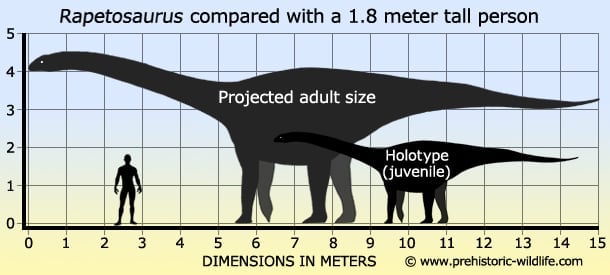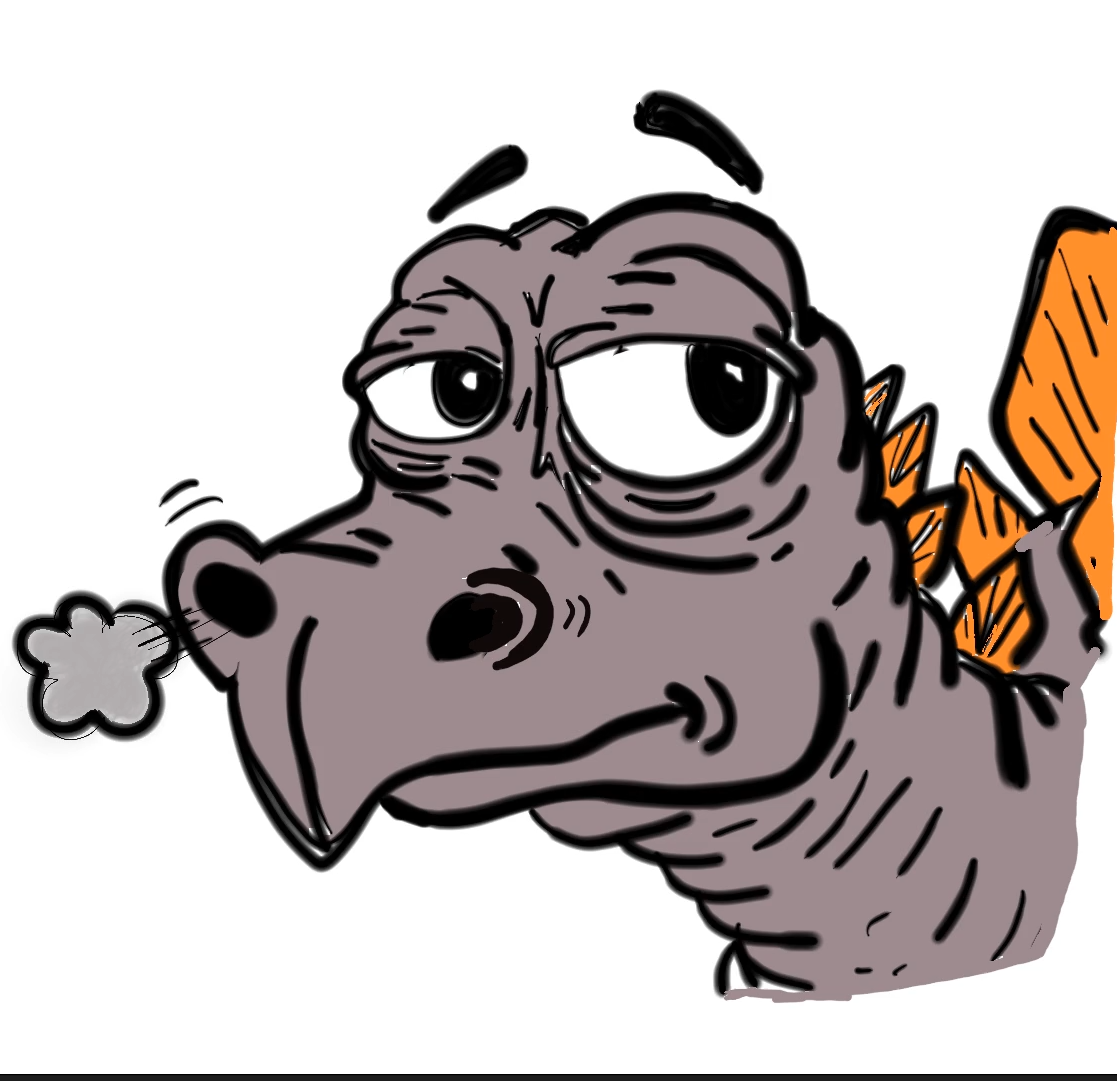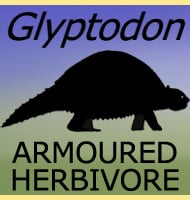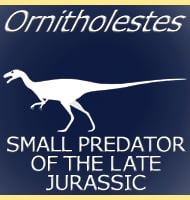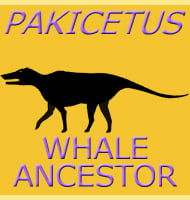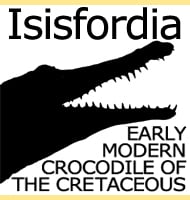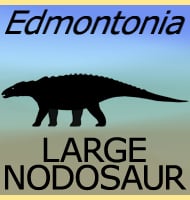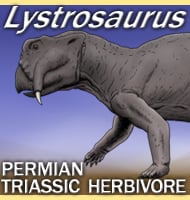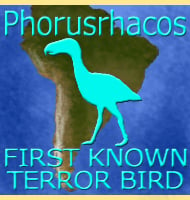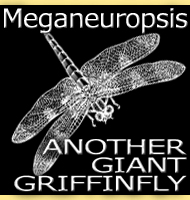In Depth
A very exciting find, the juvenile specimen of Rapetosaurus is to date the most complete titanosaurid skeleton ever found. This has allowed many of the gaps in the understanding of these dinosaurs to be filled in, including how the titanosaurs fit in among the sauropod group. This new understanding of titanosaur morphology has also led to fresh sizing estimates among the titanosaur group that are considered by many to be more accurate.
The body length of the juvenile specimen was 8 meters, but comparison with partial adult remains suggest a mature Rapetosaurus could grow up to 15 meters long. For a titanosaur this is actually quite small, especially when compared to larger members of the group such as Argentinosaurus. The skull of Rapetosaurus is very much like a diplodocids, and features teeth that are more suited to stripping fleshy vegetation such as leaves from branches.
Further Reading
– The last of the dinosaur titans: a new sauropod from Madagascar – Kristina Curry Rogers, and Catherine A. Forster – 2001. – The skull of Rapetosaurus krausei (Sauropoda: Titanosauria) from the Late Cretaceous of Madagascar – Kristina Curry Rogers, and Catherine A. Forster – 2004.
